Health Insurance Coverage Before Age 65?
Would you like to retire before age 65? Many of us have the dream of retiring early. If you are seriously considering this or find yourself without a job before age 65 then you need to know what your options for health insurance are.
Why is 65 an important age? At 65 you are eligible for Medicare. For most people the cost of Medicare is much less than the cost of individual or even employer sponsored health insurance. What are your health insurance options until you turn 65?
Have No Health Insurance Coverage. Until this year you would have paid a penalty if you didn’t have health insurance coverage but this year that penalty has gone away. I wouldn’t suggest not having health insurance coverage because of the potential financial risk you face. Nothing wipes out your savings and assets faster than unexpected medical bills. Never the less this is an option.
Continue Your Employer Health Insurance When You Retire. This is called COBRA insurance. COBRA allows you to continue your current employer coverage for up to 18 months. However, you pay the full cost of the health insurance, plus a 2% premium. Say for example you pay $250 per month for health insurance but your employer pays $500 per month for you. You would pay the full $750 plus a 2% premium if you went on COBRA. Check with your employer to find out the full cost of your health insurance if you’re consider this.
Purchase An Individual Health Insurance Plan. To investigate the plans available, contact an insurance broker or an insurance company that offers health insurance plans in your state. In my home state of Connecticut there are only two companies offering individual health insurance plans, Connecticare or Anthem. The premiums are expensive. Your home state may offer more options than mine. If you’re planning to move to another state in the current year, then investigate the plans available in that state. The cost of the plan depends on the type of plan and deductible. If you’re in good health and have some savings or retirement funds a high deductible is probably best. This will save you in monthly premium costs.
Purchase An Individual Health Insurance Plan With An Affordable Care Act (Obamacare) Subsidy. If your income is low enough in retirement, then you could qualify for an Affordable Care Act Subsidy. To find out if you qualify for a subsidy it’s best to use your states health care exchange website. From there you can enter in your age, zip code, and income and/or projected income for the year. This will tell you the subsidy if any you’ll qualify for. My home state is Connecticut and their exchange website is www.accesshealthct.com . The subsidy is based on your Modified Adjusted Gross Income (MAGI) and your household size. If you’re single and your MAGI is less than $48,560 or if you’re married and your MAGI is less than $65,840 then you qualify for a subsidy. It is very advantageous for you to get a health insurance subsidy. It could save you a $1000 per month in premiums.
I played around with some income numbers for a hypothetical 63-year male and 54-year-old female couple living in Middlesex County Connecticut and this is what they would pay:
$30,000 Annual Income Premium=$29.54 per month
$40,000 Annual Income Premium=$157.62 per month
$50,000 Annual Income Premium=$298 per month
$60,000 Annual Income Premium=$380 per month
$65,000 Annual Income Premium=$421 per month
$70,000 Annual Income Premium=$1285.95 per month
So, you can see what an advantage it is to qualify for a subsidy. The amount of the subsidy depends on the cost of insurance in your home state. Once you go over the MAGI subsidy limit for your household size you lose your subsidy completely. They call this the subsidy cliff. It is retroactive, so if you think you’re going to have income under the MAGI limit but your income goes higher then you’ll have to pay back the subsidy you received.
What counts as income for MAGI? For most people MAGI is the same as your AGI (from form 1040). But if you have any tax-exempt social security income, tax-exempt interest income, foreign-earned income, or housing expenses for Americans living abroad you must add these items to your AGI to determine your MAGI.
What can you do to lower your MAGI? You can do that by earning less income, but for many people that is not an option so you will need to look for deductions. You could make a deducible contribution to an Individual Retirement Account (IRA). You and your spouse could both do this (2019 maximum of $7,000 if you’re over 50 or $6,000 if you’re under 50). You must have earned income to qualify for this. If you or your spouse have access to an employer sponsored pre-tax retirement plan through work like a 401K those contributions will also lower your MAGI. If you’re self employed you could set up a Simple IRA, SEP IRA, or Individual 401K. If you qualify (by having a high deductible health plan) you could also contribute to an HSA up to the limit of $3500 if you’re single or $7,000 if you’re married.
The bottom line is if you can reduce your income to qualify for the subsidy this may save you a significant amount of money in monthly premiums until you reach age 65.

